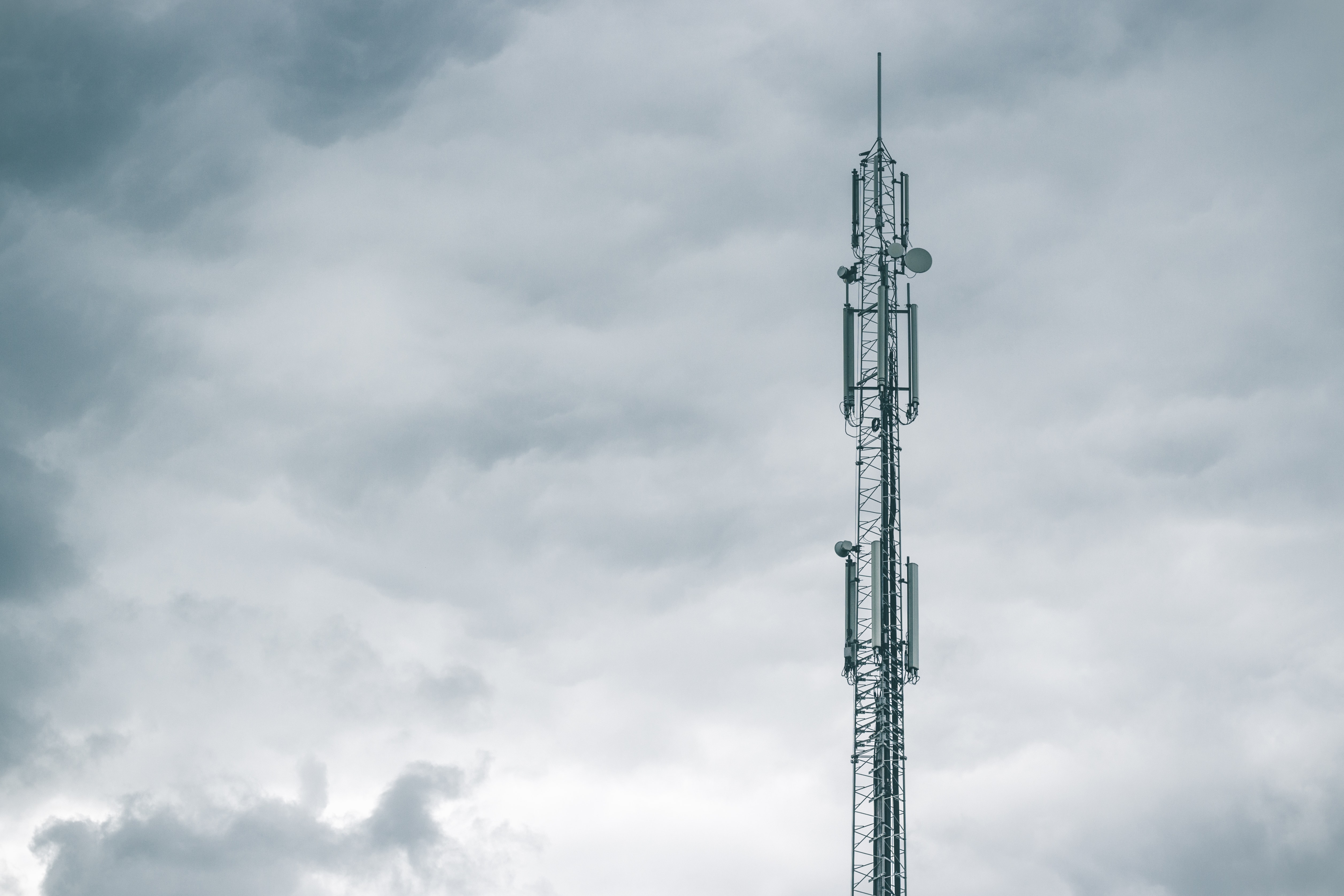Stay up to date with Tempo Announcements and News

The Two Important Types of RF Interference
There are many types of RF interferences that can cause problems in your uplink. In this article, we will focus on two that are either close or inside the frequency band of the uplink: On-Channel interference and In-band interference.
#1. On-Channel Interference
This type of interference happens when a transmitter (other than yours) is both close in frequency and in physical location. It can also happen due to ionosphere variations that cause transmitting signals to propagate further than intended. A real-world example of this is broadcasts have better reception at night versus the daytime. Assuming the same transmit power, the obvious difference is the condition of the atmosphere.
There are many factors that can cause on-channel interference. Some more common problems are:
Incorrect base station transmit setting: Since many base stations and other types of transmitters are still programmed manually, errors like this are not uncommon. While your own equipment might be set up properly, it is often other companies’ transmitters that will cause the problem.
Geographic factors such as hills, valleys, and even bodies of water can cause poor and unintended transmission patterns.
Antenna tilt and skew, improperly set either through human error or weather (wind) damage. The case where the transmit pattern goes beyond its intended range or pattern is where problems arise.
If you have CDMA or even 3G systems still in your network, some are capable of handling multi-path transmissions. Still, when multi-paths exceed the capability of the phone’s rake receiver to delay signals, the resulting “extra” paths are seen as interference. This is in essence artificially created interference due to system limitations.
#2. In-Band Interference
In-band interference is defined as interference that falls within the frequency of the reciever’s band pass filter. Note its frequency does not need to fall exactly within the receiver’s band, it only has to bypass the filter on the front end. This unfortunately can still desensitize the recieve antenna.
Of course, there are many RF sources that can transmit within the range of the bandpass filter, but some typical sources include:
External transmitters from broadcasters or other services.
RF passive intermodulation (PIM).
Harmonics of other signals, depending upon the quality of the transmitter.
Again, newer LTE and 5G systems have tighter, higher-quality bandpass filters on their receivers, so the problem is not as prevalent as in the 3G days. However, it is still something that can cause problems.
